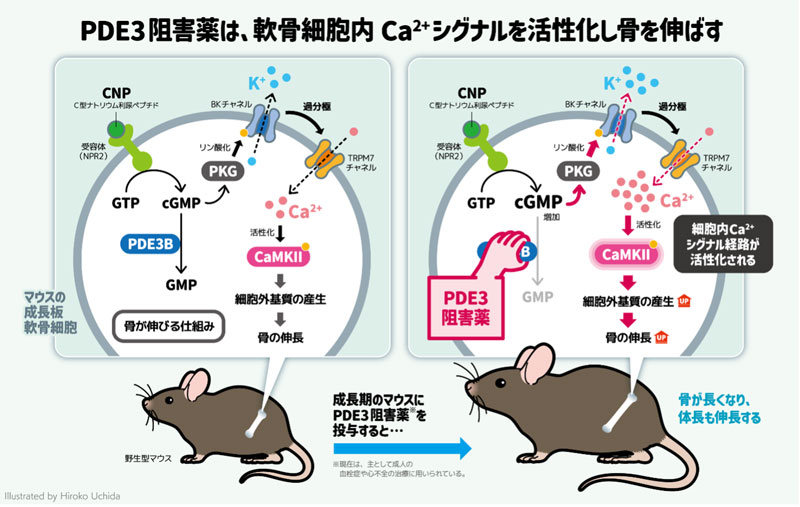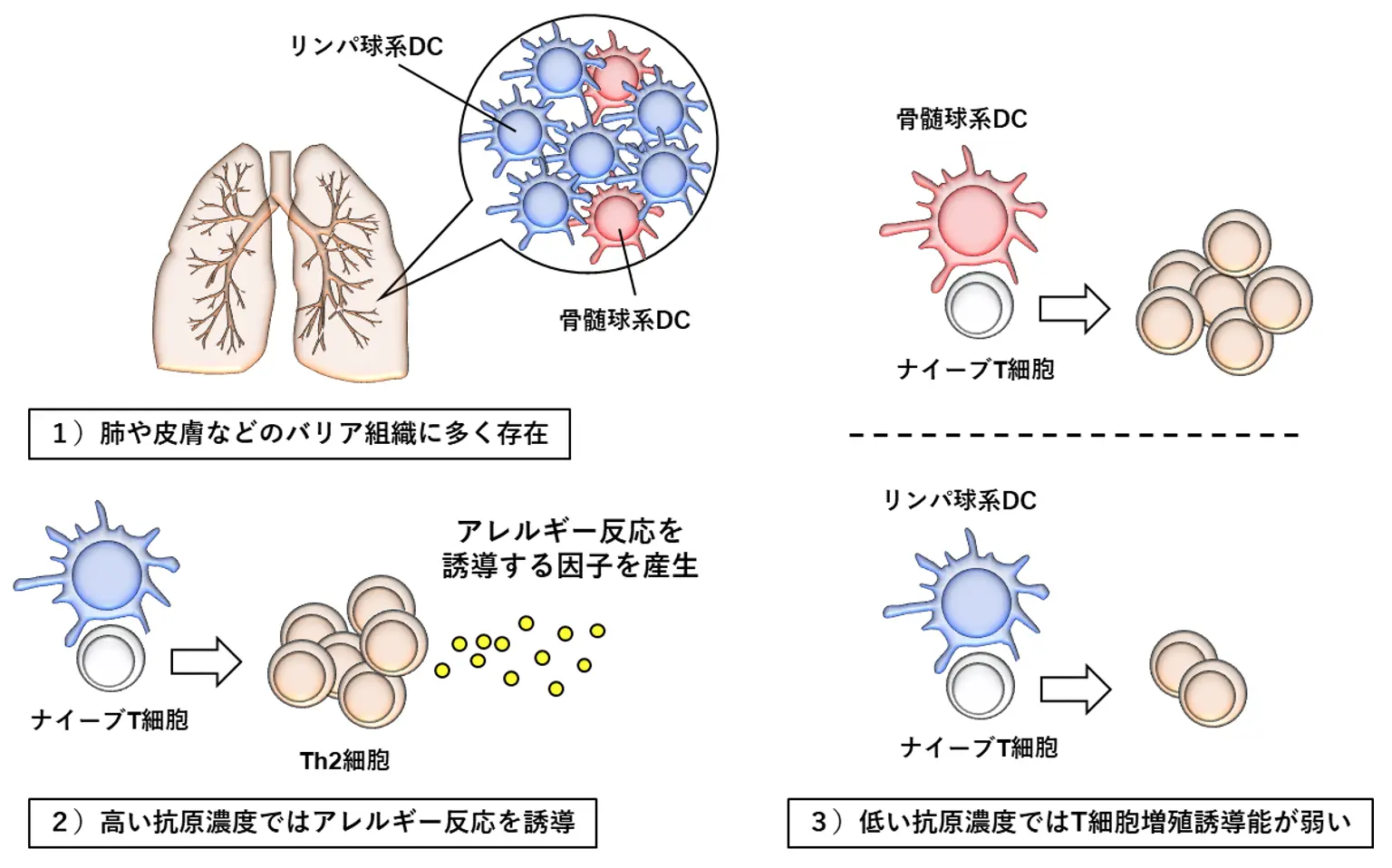2025-06-09 京都大学

<関連情報>
- https://www.kyoto-u.ac.jp/ja/research-news/2025-06-09-2
- https://www.kyoto-u.ac.jp/sites/default/files/2025-06/web_2506_Takeshima-1b7df372c8ac1c0dec1589ba96fec922.pdf
- https://bpspubs.onlinelibrary.wiley.com/doi/10.1111/bph.70087
ホスホジエステラーゼ3阻害剤が骨の成長を促進する Phosphodiesterase 3 inhibitors boost bone outgrowth
Takaaki Kawabe, Atsuhiko Ichimura, Tomoki Yasue, Jianhong Li, Haruki Ishikawa, Ga Eun Kim, Hiroki Nagatomo, Naoto Minamino, Yohei Ueda, Hiromu Ito, Miyuki Nishi, Hiroshi Takeshima
British Journal of Pharmacology Published: 02 June 2025
DOI:https://doi.org/10.1111/bph.70087
Abstract
Background and Purpose
C-type natriuretic peptide (CNP) stimulates skeletal growth by acting on the growth plates of long bones, and a CNP variant is clinically used for achondroplasia treatment. We previously reported that CNP stimulates the autonomic Ca2+ influx mediated by TRPM7 channels in growth plate chondrocytes to facilitate extracellular matrix synthesis for bone growth. In this study, we attempted to stimulate CNP signalling using phosphodiesterase (PDE) inhibitors.
Experimental Approach
Based on gene expression data, we focused on the role of PDE3B in growth plates. We performed imaging, biochemical and histological analyses in growth plate chondrocytes and ex vivo and in vivo analyses on bone and skeletal growth to address the pharmacological effects of PDE3 inhibitors.
Key Results
The representative PDE3 inhibitors cilostazol and milrinone elevated cGMP levels and activated cell-surface K+ channels probably due to protein kinase G-mediated phosphorylation in growth plate chondrocytes. The resulting hyperpolarization likely facilitated TRPM7-mediated Ca2+ influx by increasing the Ca2+-driving force. Moreover, cilostazol stimulated the elongation of cultured bones and enlarged the body size of juvenile mice.
Conclusion and Implications
Several PDE3 inhibitors have been used for clinical treatment of thrombosis, heart failure and asthma, while our observations suggest that the repositioning of PDE3 inhibitors would provide novel medications for skeletal diseases characterized by short stature.


